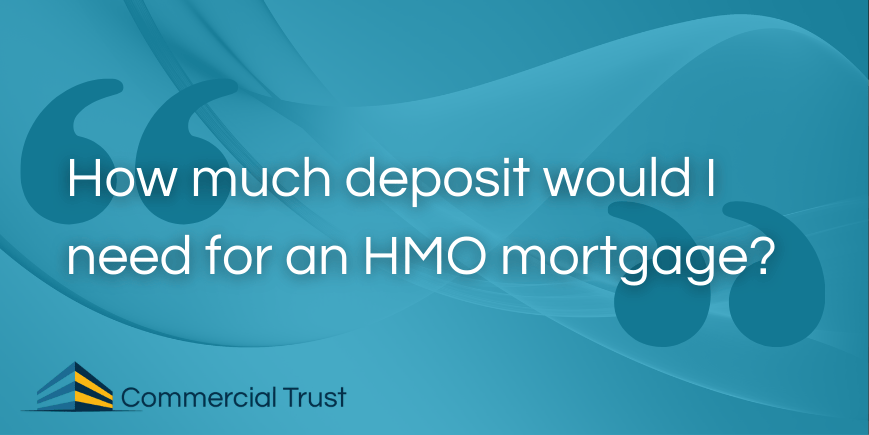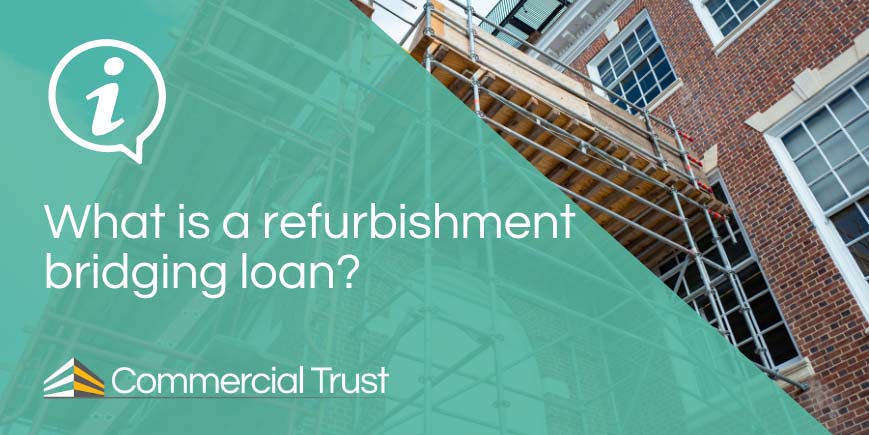This information should not be interpreted as financial, tax or legal advice. Mortgage and loan rates are subject to change.

Categories: guides | bridging loan guides
If you need funds for short-term property investment, bridging loans are a great option, but they are not the only one. There are alternatives to these loans, and we’ll address them in this guide, answering questions such as:
A recap on bridging loans
A bridging loan is so-called because it bridges a funding gap. These loans are generally quicker and have higher interest rates than traditional mortgages, but they can be useful for borrowers who need quick access to money.
A bridging loan can be used to access funds for:
- An property auction purchase
- A property investment opportunity that’s available for a limited time
- To pay for something where there is a temporary gap in cash flow, which will be covered by future income (e.g. a business has a bill to pay which will be covered by income from customers, but the outgoing sum is due before the income will be received).
- Renovating a property that is not currently in a habitable state.
In the property investment examples, a bridging loan could provide the funds that the borrower needs temporarily, after which they can take out a mortgage to repay the bridging loan.
To learn more about this subject, check out our guide to bridging loans or run some calculations through our bridging loans calculator.
What are the alternatives to bridging loans?
There are a few different alternatives to bridging loans for property investments, and these differ depending on whether you are operating as a business or a sole trader. Whether you have decided that bridging loans aren’t a good fit or you’re just assessing your options, check out the following options.
Alternatives for landlords and property investors
If you’re investing in property you will rent out to tenants (commercial or residential) or sell, there are a couple of alternatives to bridging loans.
Be careful not to take on borrowing you cannot afford to repay, as where you use your property as security, a lender reserves the right to take possession of it, if you fail to keep up with loan payments.
Commercial mortgages
Bridging loans are short-term loans that require an exit strategy, which is the plan you have to repay the loan within the designated timeframe. Commercial mortgages, on the other hand, are long-term products that typically run up to 25 years. A commercial mortgage is appropriate for a business premises.
Commercial mortgage interest rates are charged annually, so work out cheaper per month than a commercial bridging loan, which is charged monthly.
It’s not without its limitations though.
Firstly, the commercial mortgage process takes longer to complete, so it may not the best option if you are in a rush and can’t afford to wait. For instance, if an investment opportunity arises and you need to make a quick decision before the opportunity passes you by, a commercial mortgage likely won’t work.
There are also restrictions regarding the condition of the building, so if the property is in a poor state of repair and needs a lot of investment and work, it’s probably not immediately a viable option for a mortgage.
Buy to let mortgages
If the property is for renting to residential tenants, you can fund a purchase with a buy to let mortgage. Buy to let mortgages typically have lower monthly costs than both bridging loans and commercial mortgages, because they carry less risk.
Buy to let mortgages take longer to arrange than bridging loans. Some lenders will conduct a ‘desktop’ valuation, where they do not send a surveyor to the property to confirm its value, and will instead use online sources of information.
Whilst this can speed up the process, it will still take longer to complete than a bridging loan becuase the legal process is longer, so if time is of the essence, it may not be a suitable alternative.
Property development finance
Property development finance is a funding option designed for development projects, tailored to ground up builds. By comparison, bridging loans are more appropriate for smaller-scale changes and refurbishments to a property.
As with bridging loans, this funding option works by providing you with the money you need to complete the project, after which you can sell or refinance, by getting a mortgage to clear the debt.
With property development finance, the funds are usually released in stages to cover site costs and ongoing building costs. It’s available for much larger projects and applications. It can complete in as little as 6 weeks, but this is heavily reliant on the project having all planning permissions, contractors and surveys in place.
Whether this solution is an appropriate alternative to a bridging loan will depend on the work you need to do.
To qualify for this financing option, you typically need to have planning permission for a development project, but we do have options if this is not yet in place.
Where the loan amount takes you to the lenders maximum loan to value, interest will be applied at the start of the loan and paid up-front. Where you are not borrowing up to the maximum loan to value, the interest is applied at the end of the loan and is paid at redemption of the loan.
Alternatives for residential homeowners
If you need to raise funds as a residential homeowner, and are considering a bridging loan, there are some other options you can consider.
Be careful not to borrow more than you can afford to repay. If you use your house as security, a lender may be forced to take possession of it to cover a debt if you cannot keep up with payments.
Some of the options available to individuals include:
Remortgaging
Remortgaging your current property could unlock any equity (the percentage of the property you own, versus the amount that is paid for with your mortgage) you may have, freeing up cash that you can use.
Remortgaging a residential property to raise money may result in cheaper repayments than a bridging loan, but typically will take longer to arrange. So, if you need temporary funds, quickly, a bridging loan may be a better option for you.
Be aware that remortgaging to borrow more money is likely to increase the amount you repay overall.
Use savings and/or investments
If you have savings you can use to pay for something important, or investments you could sell to raise money, this may be a better alternative to taking out a bridging loan.
A bridging loan will add a cost to your outgoings, where savings or investments may be generating an income for you, which you will lose or decrease if they are no longer there, or if your savings pot is smaller.
Before you cash out your savings/investments to invest in property, make sure you won’t need them any time soon and check their terms for early withdrawal fees or other penalties.
If you’re self-employed and have an unstable income, it may be best not to clear your savings completely, in case you encounter a financial emergency you need to pay for.
Loans
There are two main types of loans: secured and unsecured.
A secured loan is one that is secured against an asset, such as a property. It differs from a mortgage, which is also secured against your property, because a secured loan can’t be used to buy a home.
If you don’t have an asset to secure a loan against, or you just don’t want to go down that route, you can look into unsecured loans.
As the name suggests, these loans are not secured against anything, but this means they are a high-risk product, so lenders usually charge higher interest rates and penalty charges. Personal loans and credit cards are the most common examples of unsecured loans.
These loans can have higher interest rates than bridging loans, you would need to compare them like for like to understand the difference.
Always consider the risks and rates when taking out an unsecured loan. Just because your property is not at risk, doesn’t mean there aren’t any shortcomings.
Borrowing from family
Borrowing money from family may be a suitable alternative to a bridging loan, but it can also be problematic.
Some of the benefits of borrowing from family include:
- No credit checks or credit damage
- No lengthy applications and affordability checks
- family may be more lenient when it comes to repayment periods and interest
The problem with this option is that it could jeopardise your relationship. If you fail to make a loan repayment to a bank, your credit score will take a hit and while it’s not a great outcome, it’s not the end of the world. If you fail to pay back your family, it could damage your relationship, and it’s not always easy to get that back.
And of course, this is only relevant if your family members actually have enough money to lend you in the first place. If not, you could ask around and include multiple family members, but that complicates the issue even further and means you are accountable to all of them.
If you want to minimise potential issues, there are a few things you could do:
- Don’t borrow all of their money/savings
- Make sure they want to lend the money and don’t just feel obligated
- Ensure you can repay them in a timely manner
- Consider adding interest so they have something to gain
- Draft an agreement that includes the repayment term/amount and interest and keep to it
Still not convinced? Stick with a bridging loan, or don't go ahead
If you don’t like any of the alternatives to bridging loans, then a bridging loan may be the right choice for you, or you might be better not to borrow money at this time at all.
If do you want to know more about an unregulated bridging loan, contact an expert broker at Commercial Trust today to learn more and discuss the best solution for your specific needs.





